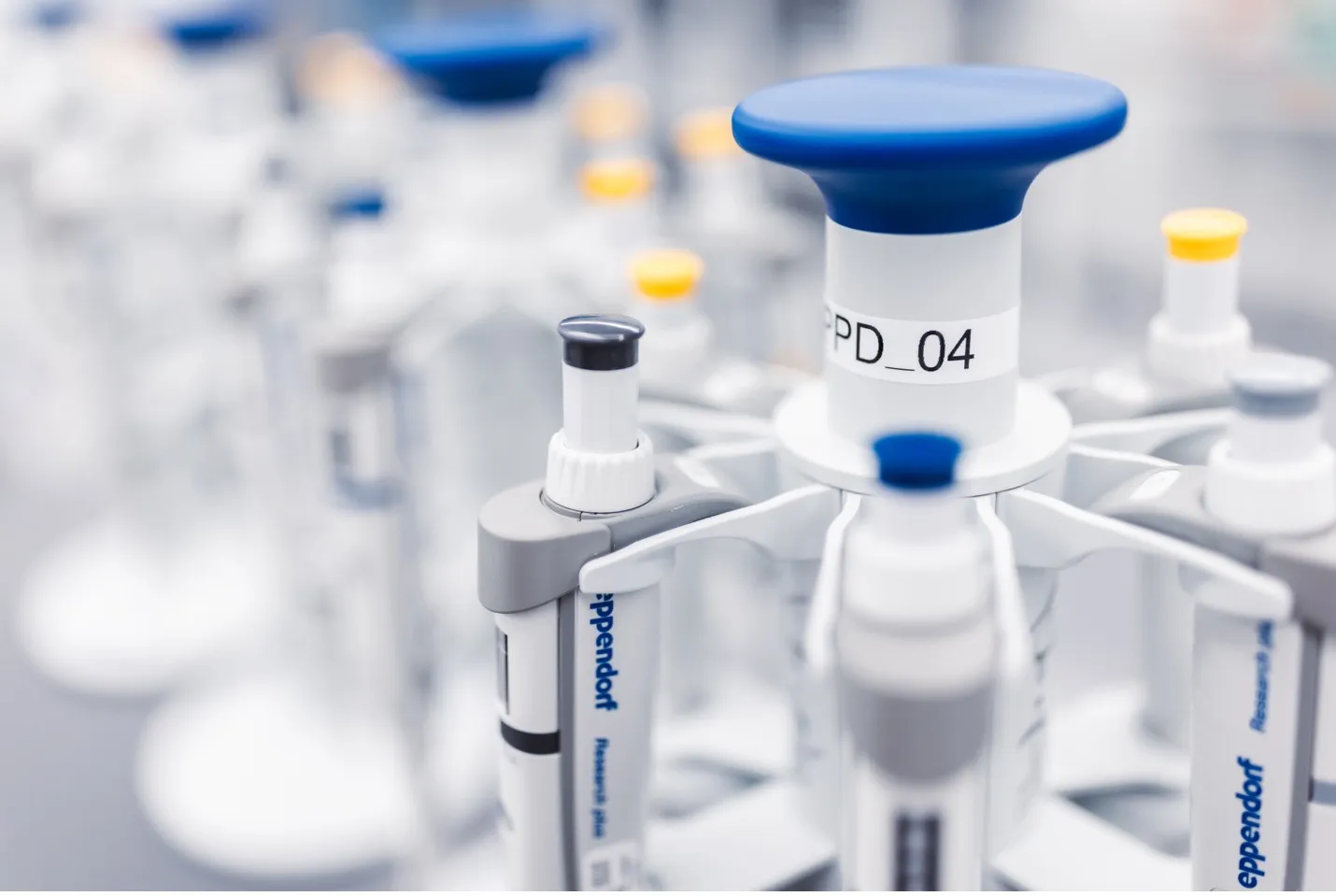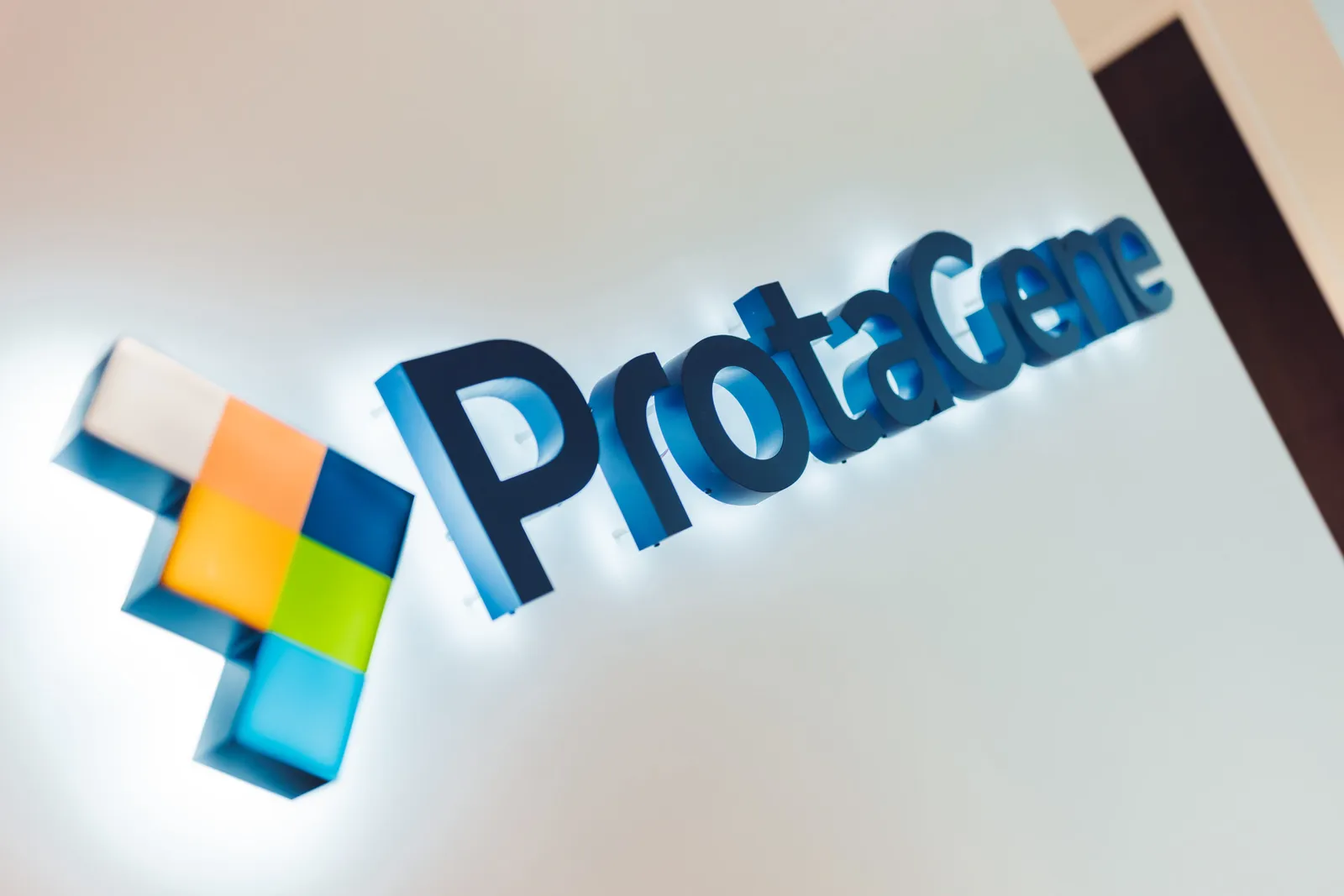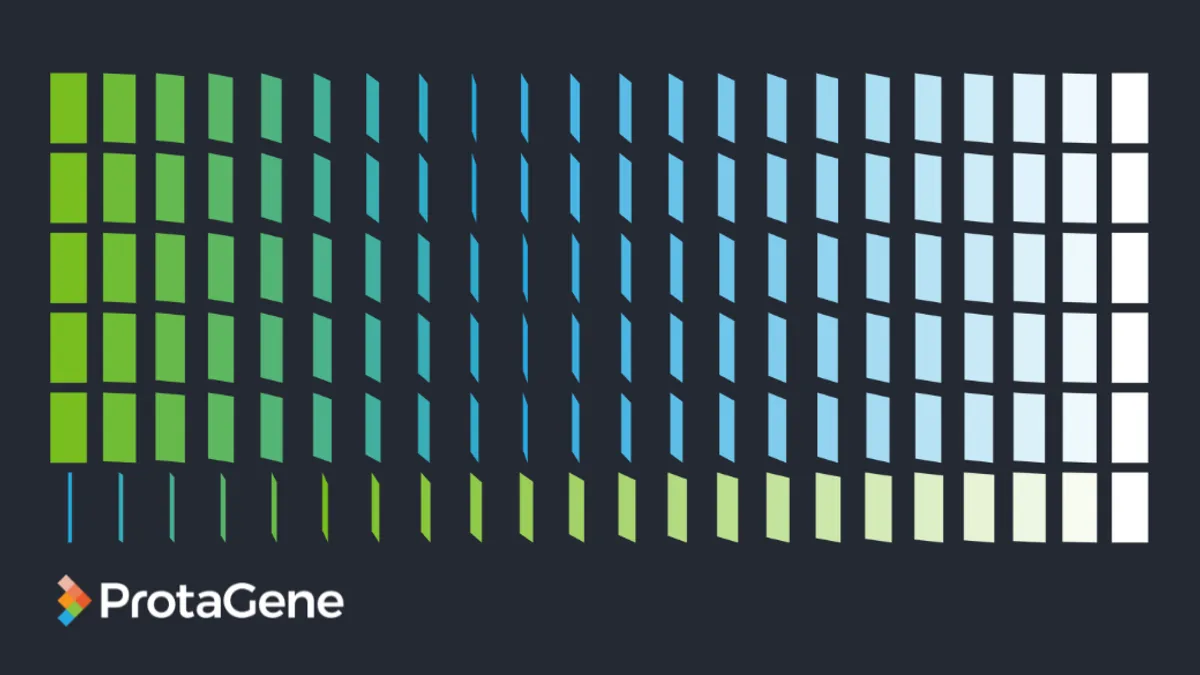History repeats itself, and all indications are that biosimilars are, in meaningful ways, following a similar path to small-molecule generics. Many in the biopharmaceutical realm would likely dispute the comparison as biologics are considerably more complex, and demonstrating comparability is quite challenging.
However, similar arguments were made in the late 1960s when the FDA developed the abbreviated new drug application for the approval of generic drugs. In 1984, the Drug Price Competition and Patent Term Restoration Act, commonly known as Hatch-Waxman, facilitated approval of generic versions of brand-name drugs released after 1962 without repeating efficacy and safety studies.
Unsurprisingly, this move was not popular among originator drug companies, and they argued vehemently, although unsuccessfully, that there would be widespread drug safety issues that would jeopardize patients’ lives.
In the end, many originators in the small molecule space began marketing generic versions of their brand-name drugs after patent expiration, albeit at lower price points and with lower profit margins.
When the Biologics Price Competition and Innovation Act (BPCIA) of 2009 was signed into law in March 2010, the arguments were very similar. However, the position of innovator companies was stronger. The structures of biological drugs are not fixed in the same ways the structures of chemically synthesized compounds are, and manufacturing process controls, reagents, and other inputs are essential for the successful and safe production of biopharmaceuticals.
Just as it took some time for generic small-molecule drugs to gain a foothold, the same has been true for biosimilars. Today, biosimilars are gaining momentum and market share.

Biosimilars Market Growth
As of April 2022, there were approximately 200 biosimilars approved globally. Of the 35 biosimilars approved by the FDA, three-fifths (21) have penetrated the market. The EMA has approved 84 biosimilars, of which around 60 are currently on the European market.
The biopharmaceutical industry’s first patent cliff occurred in 2010, and twelve years later, many of the best-selling biological drugs worldwide are again poised to lose patent protection.
However, the biosimilars market is much different than it was twelve years ago. Advancing analytical and characterization technologies, legislative and regulatory support within the world’s leading markets, and biosimilar development experience gained puts the market in a more advantageous position to leverage this next pending patent cliff.
In fact, the global biosimilars market is expected to reach USD 44.7 billion by 2026 from USD 15.6 billion in 2021, at a CAGR of 23.5% during that period.

ProtaGene’s Experts Share Their Views on the Future of the Biosimilars Market
Over the last twenty years, ProtaGene has supported over eighty biosimilars programs. Actually, ProtaGene played a vital role in the development of the first biosimilars. While the market has taken some time to develop, ProtaGene’s experts are quite optimistic about opportunities within the space. ProtaGene’s President, Dr. Roland Moussa, and VP of Project Management, Dr. André Abts, have worked in the biosimilars field for more than ten years. They shared their views on the most meaningful developments in the market, the evolution of the market during the past 20 years, challenges in biosimilars development, and more.








